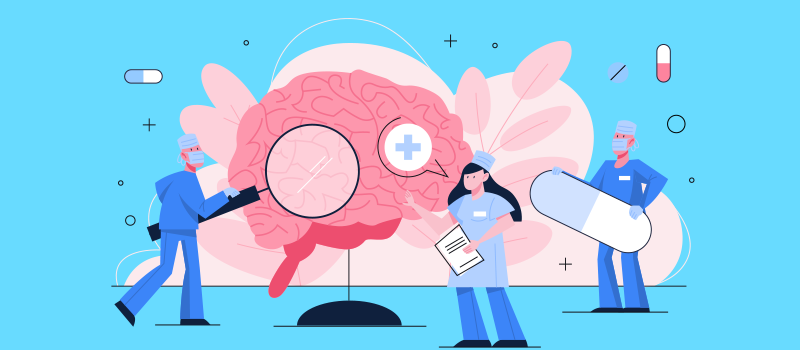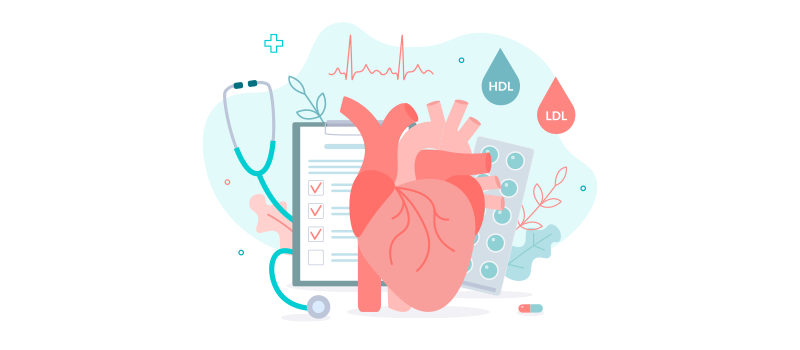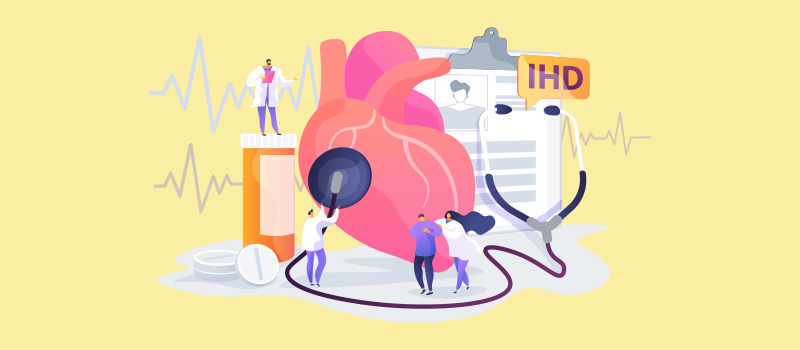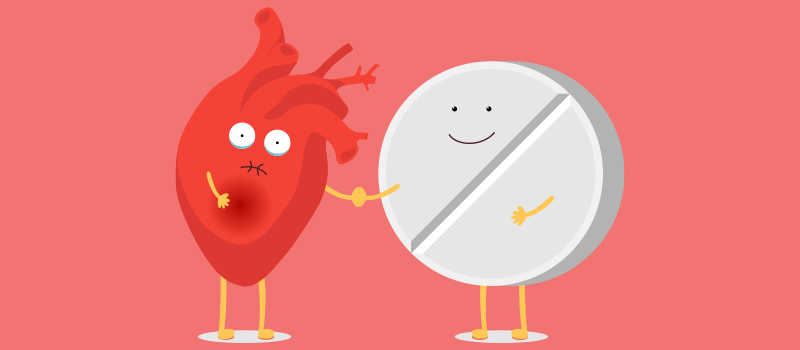What’s the Buzz
The Bee Healthy Blog
What Happens After a TIA (Transient Ischemic Attack)

Some 200,000 to 500,000 transient ischemic attacks (TIAs) occur each year in the United States. Also called a mini-stroke, a transient ischemic attack is a warning sign for a future stroke. But it is also an opportunity to prevent a full stroke.
Please keep reading to learn more about the risk factors, symptoms, and after-effects of a transient ischemic attack (TIA).
What is a transient ischemic attack (TIA)?
A transient ischemic attack or mini-stroke is a brief period of stroke symptoms. It does not cause permanent damage. However, it is a warning sign because 1 in 3 people who suffer a TIA eventually suffer a full stroke within a year.
Transient ischemic attacks are caused by the same things that cause ischemic strokes, the more common type of stroke. They occur due to the buildup of cholesterol deposits in an artery that supplies blood to the brain. Sometimes, a part of the cholesterol deposit break-offs, forming a blood clot and blocking smaller blood vessels.
When a person suffers an acute ischemic stroke, it happens because a blood clot or cholesterol deposit has blocked blood flow in the carotid arteries (the blood vessels in the neck that are responsible for blood supply to the brain). In a TIA, the blockage in the blood vessel is temporary, and therefore, the damage is not permanent.
What happens after a transient ischemic attack?
Transient ischemic attack (TIA) symptoms usually last for only a few minutes. In most people, the symptoms disappear within an hour, although rarely, they can last for 24 hours. TIA symptoms depend on which part of the brain is involved. They can include:
- Sudden, severe headache
- Sudden numbness, weakness, or paralysis, usually on one side of the body
- Sudden garbled or slurred speech
- Sudden confusion or difficulty understanding spoken words
- Sudden double vision, difficulty seeing, or blindness in one or both eyes
- Sudden difficulty walking, loss of balance, poor coordination, vertigo
What are the risk factors for transient ischemic attack (TIA)?
Many things like age and medical history affect your risk of TIA and stroke. Some risk factors for transient ischemic attack (TIA) are those you cannot control. These include age (the risk is higher after age 55), gender (men are at slightly higher risk than women), and family history (your risk is higher if someone in your family has had TIAs or stroke). Sickle cell disease, prior TIAs, heart disease, and atrial fibrillation (abnormal heart rhythm) are also risk factors.
Other factors that put you at increased risk of TIA are those you can control. They include obesity, high blood pressure, high cholesterol, and diabetes. People with high homocysteine levels are also at high risk of blood clots and TIAs. Lifestyle choices like smoking, physical inactivity, poor nutrition, heavy alcohol consumption, and illicit drug use are also known risk factors for TIA and stroke.
What happens to the brain after a TIA?
During a transient ischemic attack or minor stroke, a part of the brain does not receive enough blood for a brief period. However, the blood supply is restored quickly, and the brain cells do not die like they do in a stroke.
How do doctors diagnose a transient ischemic attack?
Doctors diagnose TIA based on your medical history and physical examination. They can also order a number of tests, such as carotid ultrasonography (ultrasound of the carotid arteries), CT scan of the head, and MRI of the brain and blood vessels in the neck. Other tests may include echocardiography (ultrasound of the heart) or arteriography (an x-ray of the arteries).
What is the treatment for a TIA?
Doctors can use several medications to treat a transient ischemic attack. These include antiplatelet medicines like aspirin and clopidogrel (Plavix) and anticoagulants like warfarin (Coumadin) that prevent blood clots. In people who have a severe narrowing of the blood vessels, surgery may be necessary. This may include a carotid endarterectomy to clear the fatty deposit from a blocked artery. Another option is carotid angioplasty or carotid artery stenting, in which a balloon-like device is used to open up a clogged artery.
What are the after-effects of a mini-stroke?
According to the American Stroke Association, a mini-stroke or TIA does not cause permanent damage in most people. However, some people can have persistent symptoms like memory problems, brain fog, difficulty expressing themselves, and emotional changes. It is important to seek treatment for any lingering symptoms. But even if a transient ischemic attack does not cause permanent changes, you should seek prompt medical treatment. It’s a big mistake to ignore a TIA because it is a warning that you are at risk for a major stroke in the future.
If you suspect a full stroke, you should get immediate medical attention by calling 911 or driving the person to a hospital immediately.
How can I reduce my stroke risk?
A healthy lifestyle is key. You can reduce your risk of transient ischemic attack (TIA), stroke, and heart attack with lifestyle changes:
- Maintain a healthy weight by eating a healthy diet rich in fruits, vegetables, whole grains. Limit cholesterol, saturated fat, and sodium (salt).
- Exercise regularly to control your blood pressure and stay at a healthy weight.
- Monitor your blood pressure and follow your doctor’s treatment plan if you have high blood pressure (your target blood pressure should be less than 140/90 mmHg).
- Manage diabetes with diet, exercise, and medication (if needed).
- Limit alcohol intake.
- Stop smoking if you smoke.
References:











SOCIAL